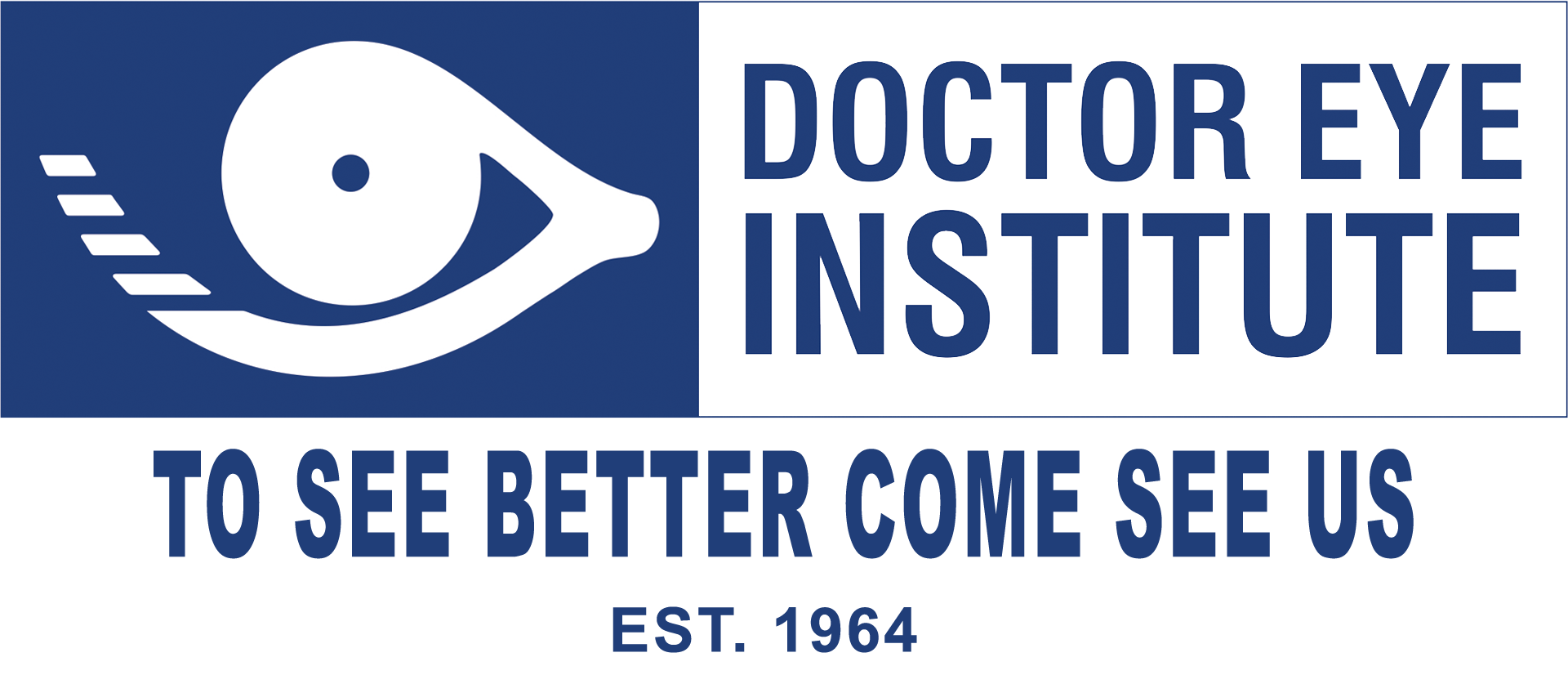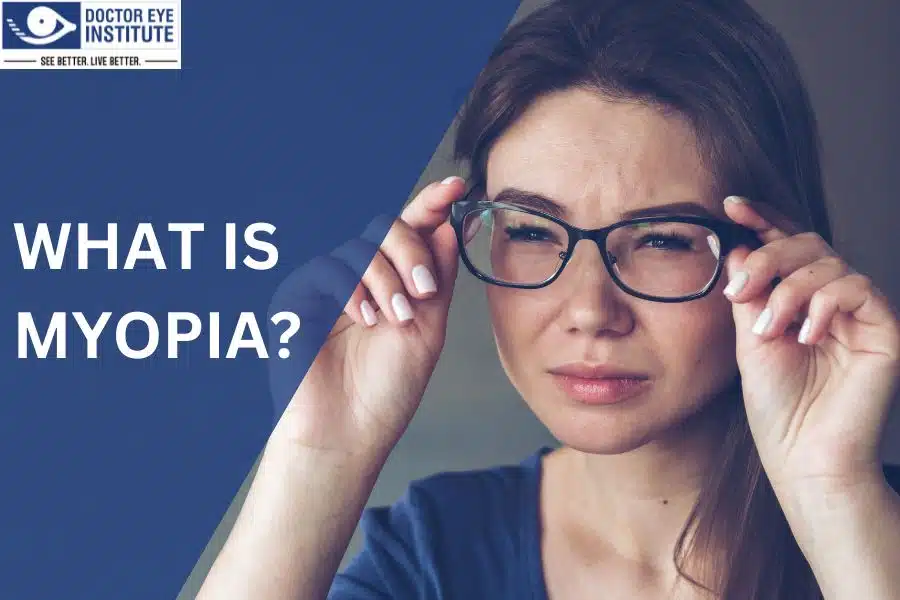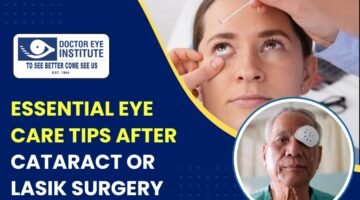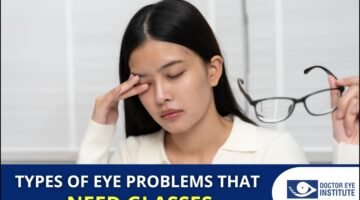Myopia: Exploring Causes, Global Impact, and Vision Correction Methods
Have you ever experienced difficulty seeing distant objects clearly, yet had no trouble with nearby items? This visual phenomenon is known as myopia or nearsightedness, a prevalent eye condition affecting individuals worldwide. Myopia manifests when nearby objects remain sharp, while distant ones, such as street signs or buildings, appear blurred.
Myopia occurs due to a slight variation in the shape of the eyeball. To visualize this, picture your eye as a spherical object. In individuals with myopia, the eyeball elongates slightly compared to its typical shape. Consequently, when light enters the eye, it bends excessively, deviating from its ideal path. Instead of focusing precisely on the retina, the light converges in front of it.
The retina, a crucial component of vision, captures these light signals and transmits them to the brain for interpretation. However, when the light fails to converge accurately on the retina, distant objects appear blurry, contributing to the characteristic symptoms of myopia.
What Myopia Means?
Myopia, commonly known as nearsightedness, is a prevalent vision impairment that impacts the eye’s ability to focus light accurately. If you have ever experienced myopia, you know the frustration of struggling to see distant objects clearly while having no trouble reading a book or scrolling through your phone. It’s like trying to navigate through life with a fogged-up window hindering your view of the horizon.
The anatomy of the eye plays a significant role in myopia. Typically, light rays should converge precisely on the retina, located at the back of the eye, to form a clear image. However, in individuals with myopia, the eyeball is either elongated or the cornea, the eye’s transparent front part, is excessively curved.
This structural anomaly causes light rays to focus in front of the retina instead of directly on it, resulting in distant objects appearing blurred and indistinct.
The Global Prevalence of Myopia
The global prevalence of myopia is increasing rapidly, with projections indicating that by 2050, nearly half of the world’s population will be affected. Estimates suggest that by 2050, there could be around 4,758 million people with myopia, which would constitute about 49.8% of the world population.
This increase in myopia prevalence is a significant global health concern, highlighting the need for awareness, prevention, and management strategies to address this growing issue.
How Myopia Occurs?
Imagine your eye as a sophisticated camera system. When you gaze at an object, whether it’s a breathtaking landscape or a cherished photograph, light rays reflect off the object and enter your eye through the cornea—the transparent outer layer.
These light rays then journey through the lens, a crucial component that functions akin to a magnifying glass, before converging onto the retina, a light-sensitive layer situated at the rear of your eye. The retina captures these visual signals and transmits them to your brain, allowing you to perceive the object with clarity and detail.
In individuals with myopia, the anatomical structure of the eye deviates slightly from the norm. This aberration may manifest as an elongated eyeball or an excessively curved cornea, disrupting the precise focusing mechanism. Consequently, rather than converging precisely onto the retina, light rays intersect in front of it, leading to blurred vision.
To visualize this concept, envision the retina as a movie screen and the light rays as a projector. In a healthy eye, the projector accurately focuses the image onto the screen, resulting in a crisp and defined picture. However, in a myopic eye, the projector is slightly misaligned, projecting the image in front of the screen, thereby rendering it blurry on the actual surface.
As a result, individuals with myopia encounter challenges in discerning distant objects clearly, as their eyes struggle to attain optimal focus, resulting in persistent blurriness.
Why Myopia is called Short Sightedness?
Picture your eye as a sophisticated camera capturing the world around you. When light streams through its lens, it should ideally hit the film at the back, known as the retina, ensuring a sharp image. In a healthy eye, this mechanism functions seamlessly, allowing you to perceive distant objects with clarity.
However, in individuals grappling with myopia, commonly referred to as short-sightedness, this optical process encounters hurdles, resulting in blurred vision, especially when gazing into the distance. There are primarily two underlying causes for this visual impairment:
- Eyeball Elongation: Imagine your camera’s film being stretched farther back than necessary. Similarly, in myopic individuals, the eyeball is slightly elongated, disrupting the focal point of incoming light rays. Consequently, these rays converge in front of the retina instead of directly on it, leading to blurred distant vision.
- Corneal Curvature: Think of the cornea, the eye’s transparent outer layer, as a lens in your camera. In cases of myopia, this lens-like structure is overly curved, excessively bending light rays. Consequently, the focal point shifts in front of the retina, resulting in blurred distance vision. Interestingly, this optical anomaly has a limited impact on close-up vision due to the natural dispersion of light rays over short distances.
Hence, individuals with myopia often experience clarity when viewing nearby objects but encounter challenges when attempting to discern distant ones. This phenomenon is colloquially termed “short-sightedness,” emphasizing the struggle to perceive objects beyond a certain range while maintaining clear vision up close.
How Many Types of Myopia?
Understanding the various types of myopia, also known as nearsightedness, is crucial for effective vision management. Each type presents unique characteristics that can impact treatment options and long-term eye health. Let’s delve into the main categories of myopia to gain a better understanding:
Common Types of Myopia:
- Simple Myopia: This prevalent form of myopia is typically diagnosed during childhood and tends to stabilize in early adulthood. It is often mild to moderate in severity, causing difficulty in seeing distant objects clearly. However, simple myopia can be effectively corrected with eyeglasses or contact lenses, providing clear vision for daily activities.
- High Myopia: High myopia refers to significant nearsightedness where distant objects appear extremely blurry. Individuals with high myopia may face additional challenges, such as an increased risk of retinal detachment. Certain vision correction procedures, like traditional LASIK surgery, may not be suitable for individuals with high myopia due to associated risks.
- Degenerative Myopia: Degenerative Myopia, also known as pathological or malignant myopia, is a severe form of nearsightedness that progresses rapidly and can lead to significant vision loss if left untreated. Unlike typical myopia, which can be corrected with glasses or contact lenses, degenerative myopia is more challenging to manage and often requires specialized care from an experienced eye doctor.
Additional Considerations:
In addition to severity and progression, myopia can also be categorized based on its underlying causes:
– Index-induced myopia: This form of myopia occurs due to changes in the refractive index of the lens within the eye, leading to alterations in visual acuity.
– Night Myopia: Night myopia is characterized by temporary worsening of nearsightedness in low-light conditions, such as during night-time or in dimly lit environments.
Remember: It’s important to recognize that this information serves as a general overview, and individual cases may vary. Consulting with an eye doctor is essential for personalized evaluation and treatment recommendations tailored to specific needs. Your eye doctor can discuss various options, including eyeglasses, contact lenses, and suitable surgical interventions like LASIK for eligible candidates.
By familiarizing yourself with the different types of myopia, you can collaborate with your eye doctor to develop a customized management plan aimed at maintaining clear and healthy vision for the long term. Remember, proactive communication with your healthcare provider is key to achieving optimal eye health and visual outcomes.
How Much Myopia Is Normal?
Experiencing a slight degree of nearsightedness, typically ranging from -0.25 to -1.00 dpt (dioptres), is within the realm of normal vision and often doesn’t lead to significant visual impairments. However, as the dioptre value progresses into more negative territory, the severity of nearsightedness escalates, resulting in challenges with clear vision for distant objects. This first-hand observation stems from my years of practice as an optometrist, where We have encountered numerous patients exhibiting varying degrees of myopia and provided tailored solutions to address their visual needs.
How Is Myopia Corrected?
Navigating the realm of nearsightedness, commonly referred to as myopia, presents individuals with several corrective avenues to enhance their vision. Among the most prevalent options are eyeglasses, contact lenses, and laser eye surgery.
Eyeglasses, adorned with specialized curved lenses, redirect incoming light rays precisely onto the retina, ensuring clear vision. Similarly, contact lenses, akin to invisible glasses worn directly on the eye, function by bending light rays to achieve optimal vision.
Laser eye surgery, a transformative procedure, entails reshaping the cornea through laser technology, offering a permanent solution to focusing issues. Drawing from my extensive expertise in the field, We have witnessed first-hand the transformative impact these corrective measures have had on my patients’ lives, enabling them to experience newfound visual clarity and freedom.
Choosing the Best Way for You:
Selecting the most suitable approach to rectify nearsightedness hinges on individual preferences and lifestyle considerations. Consulting a qualified eye specialist is paramount to exploring the available options and determining the optimal solution tailored to your specific needs.
During such consultations, experienced professionals delve into the intricacies of each corrective method, elucidating the associated benefits and potential drawbacks. This personalized guidance fosters an informed decision-making process, empowering individuals to embark on their journey towards improved vision with confidence and clarity.
As an advocate for comprehensive eye care, We emphasize the significance of seeking professional guidance to embark on a corrective path that aligns seamlessly with your unique visual requirements and preferences.
How Much Myopia Can Lasik Correct?
When it comes to seeking a vision transformation, LASIK surgery often emerges as a top contender, offering individuals the prospect of bidding farewell to glasses or contacts.
In essence, LASIK exhibits efficacy in addressing mild to moderate myopia. However, it’s essential to acknowledge the individualized nature of this range, subject to variables such as corneal thickness and other physiological factors unique to each person. This underscores the significance of personalized consultation with an eye specialist to ascertain candidacy for LASIK surgery.
During this consultation, a comprehensive eye examination is conducted, encompassing assessments of corneal health, prescription measurements, and a discussion centered on individual requirements and anticipated outcomes.
When Myopia Stops?
Myopia, commonly referred to as nearsightedness, often initiates its journey during childhood, manifesting as blurred vision that gradually progresses. Fortunately, for many individuals, this myopic journey reaches a plateau in early adulthood, typically around the ages of 20 to 25. However, for a subset of individuals, myopia persists and may even exacerbate over time, necessitating frequent updates to corrective lenses.
The scientific community remains fervently engaged in unraveling the intricacies of myopia progression, striving to discern its underlying mechanisms and explore preventive interventions. Early detection emerges as a pivotal factor, particularly in pediatric cases, potentially serving as a cornerstone for mitigating myopic progression.
In the event of vision deterioration or other ocular anomalies, prompt consultation with an eye care professional becomes imperative. A comprehensive eye examination facilitates the identification of underlying issues, paving the path toward tailored treatment modalities.
From the adoption of corrective eyewear, such as glasses or contacts, to the exploration of surgical interventions like LASIK (for eligible candidates), the spectrum of treatment options aims to optimize visual acuity and foster ocular well-being. Thus, prioritizing proactive engagement with eye health specialists ensures optimal vision clarity and fosters a proactive approach toward ocular wellness.
Closing Reflections
In conclusion, the team at Dr Eye Institute stands at the forefront of myopia management, offering unparalleled expertise and a wealth of experience in treating this common vision condition. Dr. Kumar Doctor and his team of seasoned eye care professionals bring first-hand knowledge to the table, ensuring personalized and effective solutions for individuals struggling with myopia.
Trustworthiness is a cornerstone of our practice. We emphasize the importance of regular eye exams, transparent communication, and personalized consultations to ensure that each patient receives the most suitable and trustworthy advice tailored to their unique needs.
At Doctor Eye Institute, we understand the challenges posed by myopia and are here to guide you through the journey of clearer vision. From common types of myopia to corrective options like eyeglasses, contact lenses, and LASIK surgery, our team is dedicated to empowering you with informed decisions. Whether it’s understanding the various types of myopia or navigating the realm of corrective measures, we’re here to ensure your vision is in capable hands.
FAQs: Frequently Asked Questions
Q1. Is LASIK suitable for everyone with Myopia?
A. LASIK is not a one-size-fits-all solution. Individual consultations with an eye doctor are essential to determine your candidacy and the potential risks and benefits of the procedure.
Q2. When should I see an eye doctor about Myopia?
A. If you experience any changes in your vision, including blurred distant vision, difficulty seeing at night, or frequent headaches, schedule an appointment with an eye doctor for a comprehensive evaluation. Early detection and management of Nearsightedness are crucial for maintaining optimal vision health.
Q3. Can Myopia lead to other eye problems?
A. In some cases, severe Myopia can increase the risk of developing other eye conditions like glaucoma, cataracts, and retinal detachment. Regular eye examinations are essential for monitoring these potential complications.
Q4. What are the latest advancements in Myopia research?
A. Researchers are actively investigating the causes and progression of Myopia, exploring potential methods for prevention and control. This includes studying the impact of environmental factors, genetics, and potential interventions like specialized contact lenses or eye drops.
